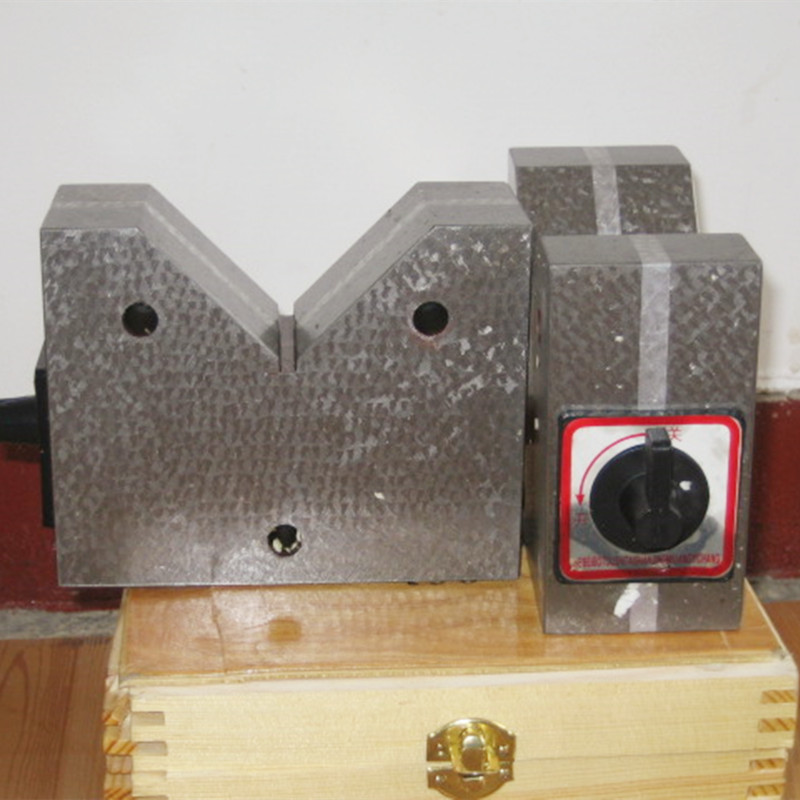Nov . 06, 2024 04:46 Back to list
ring gauge standard
Understanding Ring Gauge Standards in Manufacturing
Ring gauges are precision measuring tools predominantly used in manufacturing and engineering to ensure that components are produced within specified tolerances. The ring gauge standard refers to a set of established criteria that these gauges must meet to ensure accuracy and reliability in measurements. These standards are crucial in industries such as automotive, aerospace, and machinery, where precision is paramount.
A ring gauge is typically a cylindrical tool with a hole in the center that corresponds to the nominal size of the part it is designed to measure. The gauge is used to check the external diameters of a workpiece, ensuring that the dimensions are within tolerance limits. There are two primary types of ring gauges go gauges and no-go gauges. The go gauge should fit over the workpiece if it conforms to the specifications, while the no-go gauge should not fit. This dual approach provides an effective method to validate the dimensional accuracy of components.
Ring gauge standards are defined by organizations such as the International Organization for Standardization (ISO) and the American National Standards Institute (ANSI). These standards outline the material properties, manufacturing procedures, and calibration methods necessary to maintain the integrity of the gauges. For instance, ISO 1502 provides guidelines on the construction of gauges, ensuring that they are resistant to wear and can maintain their dimensional stability over time.
ring gauge standard

The importance of adhering to ring gauge standards cannot be overstated. Any deviation from the specified dimensions can lead to significant issues in assembly and functionality. For instance, improper fits can cause mechanical failures in machines, resulting in costly downtime and repairs. By utilizing ring gauges that conform to recognized standards, manufacturers can ensure greater consistency and quality across their products.
Moreover, regular calibration of ring gauges is essential to uphold their accuracy. Calibration involves comparing the gauge to a known standard and adjusting it as necessary. This process is vital because even small errors can accumulate over time, leading to discrepancies in measurements. By maintaining strict adherence to ring gauge standards, organizations can enhance their quality control processes and ultimately deliver superior products.
In conclusion, ring gauge standards play a critical role in the manufacturing industry by providing a framework for accurate measurements. These standards help ensure that components meet essential tolerances, thereby reducing the incidence of defects and enhancing operational efficiency. As technology continues to evolve, the importance of precision measuring tools like ring gauges remains unwavering, making adherence to established standards even more crucial. Manufacturers that prioritize these standards will not only improve product quality but also foster greater trust and satisfaction among their customers.
-
Why Metric Trapezoidal Thread is Ideal for Precision Motion ControlNewsAug.05,2025
-
The Unique Properties of a Block of Granite for Industrial UseNewsAug.05,2025
-
The Role of Flanged Y Strainers in Preventing Pipeline ClogsNewsAug.05,2025
-
The Importance of Regular Calibration for Master Ring GagesNewsAug.05,2025
-
How a Cast Iron Surface Table Enhances Accuracy in ManufacturingNewsAug.05,2025
-
Comparing Different Check Valve Types for Optimal Flow ControlNewsAug.05,2025
Related PRODUCTS









